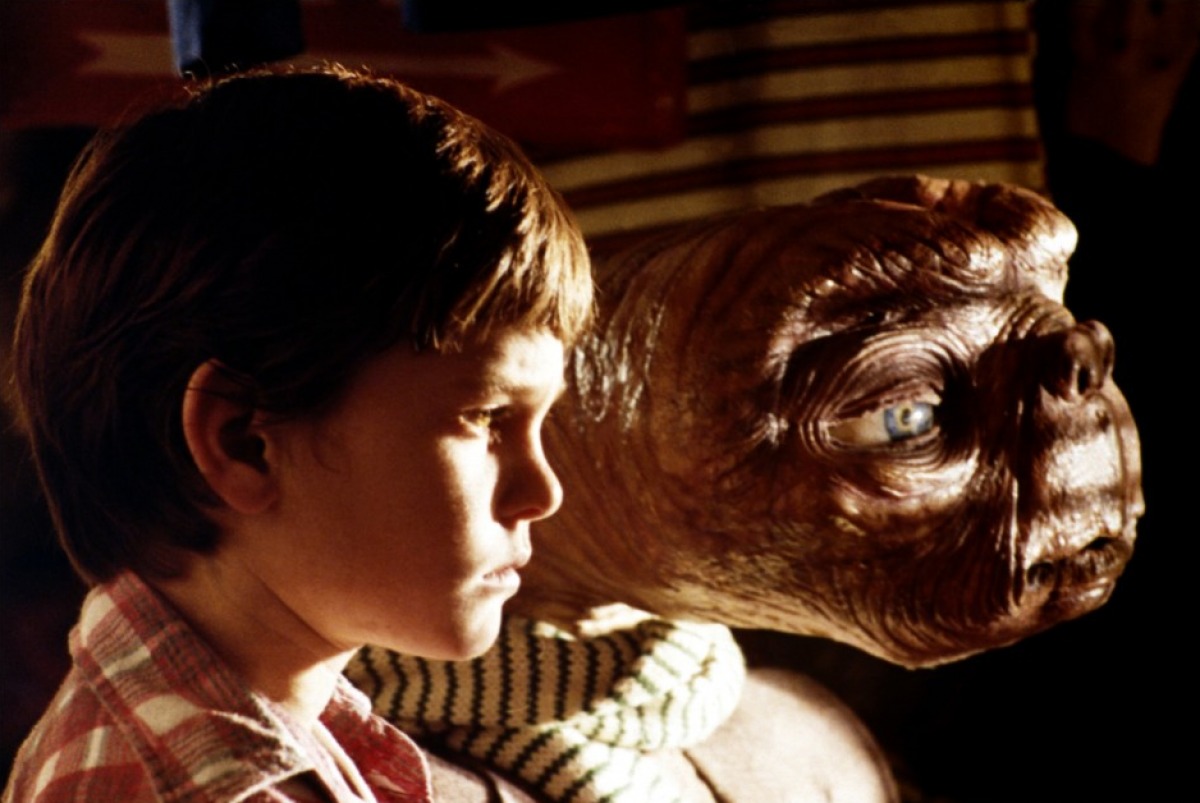 There are typically two ways of analyzing a Steven Spielberg film. At least, this is what Vimeo user Ken Provencher argues in his newest video essay, “The Spielberg Touchscreen.” Similar thematic interests, with recurring motifs like parent-child relationships, suburban culture, and important events in American-Jewish history play heavily in each of his films. But through this framework, there are two separate filmmakers that come into play: the escapist, the man who directed blockbusters like the “Indiana Jones” franchise, “E.T.,” “War of the Worlds” and this summer’s “The BFG,” and the moralist, the man who conquers awards fields with sweeping dramas like “Saving Private Ryan,” “Munich,” “Lincoln” and this past fall’s “Bridge of Spies.” But beyond Spielberg’s name, these two sides rarely overlap — even if they’re both very distinctly associated with the veteran filmmaker.
There are typically two ways of analyzing a Steven Spielberg film. At least, this is what Vimeo user Ken Provencher argues in his newest video essay, “The Spielberg Touchscreen.” Similar thematic interests, with recurring motifs like parent-child relationships, suburban culture, and important events in American-Jewish history play heavily in each of his films. But through this framework, there are two separate filmmakers that come into play: the escapist, the man who directed blockbusters like the “Indiana Jones” franchise, “E.T.,” “War of the Worlds” and this summer’s “The BFG,” and the moralist, the man who conquers awards fields with sweeping dramas like “Saving Private Ryan,” “Munich,” “Lincoln” and this past fall’s “Bridge of Spies.” But beyond Spielberg’s name, these two sides rarely overlap — even if they’re both very distinctly associated with the veteran filmmaker.
READ MORE: The Lost And Unmade Projects Of Steven Spielberg
Through reading his visual style and understanding his knack for manipulating deep space, Provencher’s essay takes a moment to study, what he calls, Spielberg’s “tactile visuality.” The tight, flushed layers Spielberg puts into the forefront is something both “logical and exaggerated” — simultaneously immersing audiences into the action, while also stimulating them in the visual spectacle of forward momentum. Remote controls, maps, pencils, books, photographs, buried objects and hands — lots and lots and lots of hands — are commonly brought to the center frame in Spielberg’s films. Seriously, I never realized how often Spielberg focused on hands in his work before this video. It’s practically a fetish. But touching these objects, Provencher argues, displays not only their physically but their narrative and symbolic importance.
Various clips from Spielberg’s filmography are used to illustrate Provencher’s point, and also to show some strikingly symmetry, and similar visual cues, found in the Oscar-winning director’s expansive resume, from “Jurassic Park” and “The Lost World: Jurassic Park” to “Schindler’s List” to “The Color Purple” to “Catch Me If You Can” to “Empire in the Sun” to “The Adventures of Tintin” to “The Terminal” to the aforementioned “Indiana Jones” films like “Indiana Jones and the Last Crusade” and “Indiana Jones and the Kingdom of the Crystal Skull,” just to name some seen here. All of this adds up to none other than Spielberg’s touch, and it proves why his masterful understanding of mise-en-scene is such a huge component of his longstanding audience appeal over the years. To see this on display once again, check out the video below.

